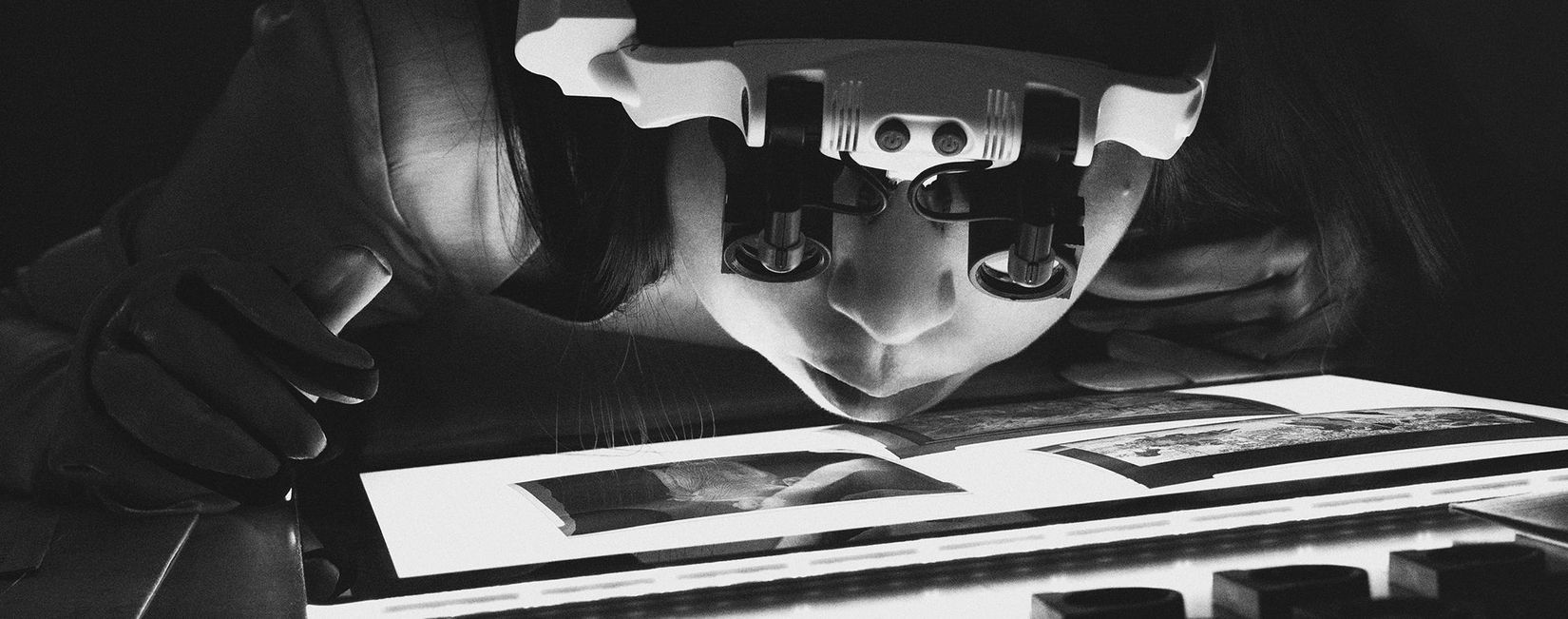They Became Myth
Moving Image from Vietnam
2025.12.09 - 12.13
MARY LOU DAVID
Bringing together Lena Bui, Nguyen Trinh Thi, Arlette Quynh-Anh Tran, Thao Nguyen Phan, Tuan Andrew Nguyen and Phan Anh, They Became Myth explores the construction and dissemination of mythologies across spiritual, cultural, political and personal landscapes. By engaging with different facets of Vietnamese history and identity, each video work questions what is remembered, altered or even obscured in the making of myth.

While we often perceive myth as something monolithic and foundational—belonging to a distant time or place—the works in this program reveal that mythologies not only continue to define us, but are also constantly mutating. They come into being just as easily as they can fade. As myths vanish, so too do the memories and identities they carry. The moving image thus becomes an allegorical medium that goes beyond narration, generating new forms of remembrance and transmission.
Our journey begins with Lena Bui’s Kindred. We drift with the flow of water, guided across landscapes marked by human impact, while unseen narrators speak in different languages, emerging from the environmental unconscious. These voices—tied to plants, rocks and rivers—are those of a land being forgotten, as animist spiritualities and folklore are displaced by modernity. Though our ecosystems’ histories are being lost, we are reminded that their memories remain sedimented in the land, while they await reincarnation.
A similar meditation on disappearance can be found in Nguyen Trinh Thi’s Letters from Panduranga, a portrait of the Cham people of south-central Vietnam. A documentary and visual essay rooted in the present, it highlights how once-established civilizations and communities can gradually dissolve into becoming myth themselves. Their shifting place within a broader national identity signals how myth can become a site of contestation, as physical and cultural markers of a people risk erasure.
Arlette Quynh-Anh Tran—whose ongoing interest in Cold War utopias informs this section of the program on myth, ideology and politics—reimagines how national mythologies are authored or discarded. Spanning past and future eras, and combining retrofuturist aesthetics with montage techniques akin to photonovellas, The Curator Ghost observes how myth is created to sustain national identity while also being constantly restructured to the point where its true origins or meanings are forgotten.
Becoming Alluvium offers a poetic counterpoint to the screening, exploring myths anchored in both land and narrative heritage. In the Mekong Delta, the river functions as a modern conduit of global capitalism and a legendary space filled with tales of reincarnation and oral tradition. Khmer folktales and literary echoes—from Duras to Tagore—suggest how storytelling shapes collective memory and imagination. Through her continuous engagement with literature, Thao Nguyen Phan articulates how myths and histories endure in words even as landscapes undergo constant metamorphosis.
If myth can be preserved in stories and landscapes, it can also be enacted. Tuan Andrew Nguyen’s The Boat People unfolds across two narrative layers: a futuristic tale where children, the last remnants of humanity, journey through ruins of lost civilizations; and a real historical landscape set in Bataan, once a site of colonization, war and exile. As the children reimagine the function of objects they find, they become myth-makers, reconstructing history to understand themselves. By recreating artefacts in wood which they then burn, they perform acts of remembrance, where myth, ritual and memory become tools for survival and identity.
While myths conjure grand narratives, family folklore remains one of the most universal and enduring mythologies to be found. A portrait of Phan Anh’s maternal grandmother, the most romantic walk combines a DIY aesthetic with hand-held camera, personal photographs, interviews, archival documents and war footage, among other materials. Presented in a separate, more intimate room, this biography unfolds against the backdrop of Vietnam’s turbulent history of war, hardship and ideological division, alongside tender moments that reflect her role within the family. Not only does the work give voice to micronarratives in the face of official history, but the family myths it explores also provide important functions: they perpetuate values, relieve traumas and form our sense of identity as a group. What is transferred between generations is not ideology, but human truths of love, resilience and understanding.
Though myths preserve stories beneath an aura of the universal and enduring, they still depend on our acts of remembering and transmission. These six artists activate this process, demonstrating how video becomes a myth-making practice itself: a vessel through which remembrance and speculative imagination intertwine. Creating these works becomes their way of performing a public service of memory, grounding different histories of Vietnam in infinite time.
